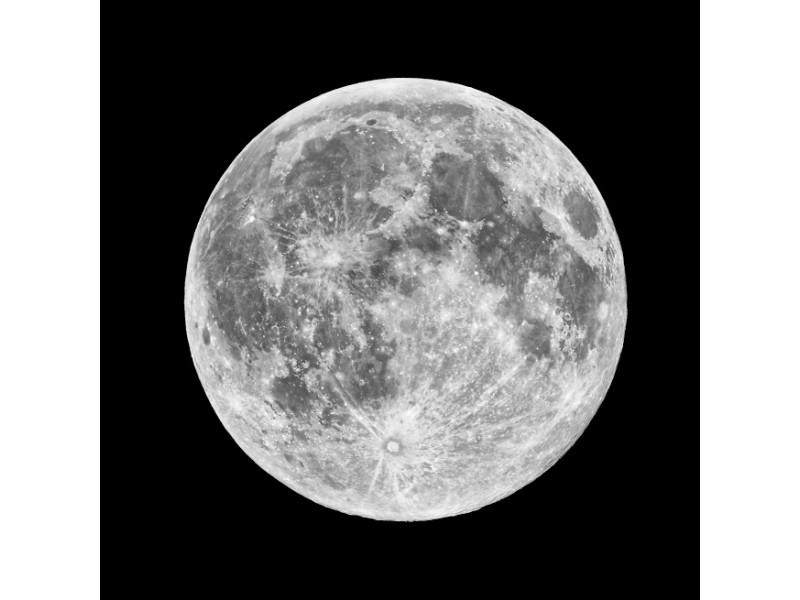My second offering for National Poetry Month, and also the Tucson Poetry Festival, which is going on this weekend. Looking back to poems I re-discovered in my files, poems some 30 years old. You can learn a lot about the threads that have woven your life together by reading very old poetry you once wrote.
I think I've always been a part of that wave of women and men who have been dedicated to bringing the Divine Feminine back into the world, to "restoring the Balance". And I have always sensed what Clarissa Estes called "the Wild Woman archetype" (and "the Dangerous Old Woman") just under the surface of the various repressions, trivializations, and enslavements I've seen or experienced as a female being in this world. A force that bubbles up from the ground like melting permafrost, like a call in the moonlit night, echoing from within the darkened woods, "Amazons" ran like the sap of maple trees in the early spring of 1982 when I was living in the woods of Vermont, like hearing an ancient voice. "Veils" I remember writing around that time as well. And "Cocoons" is so old........I think I wrote it in 1976 or so, shortly after hearing of the death of Tim Buckley.
Amazons I.
At the bottom of this cup
sweet illusions coagulate
tacky residue
so be it.
I spin tea leaves
place the Tarot
consult the oracle
to receive the same answer:
there is no exit.
All my dreams are steel now,
and of brier
an arm raised, sun burnt,
with a gleam of metal
edges sharp,
the forge.
At the bottom of this cup
my secret Amazon waits
for the full moon of Artemis
for the hunt.
Amazons II.
Take me with you, sister
let me ride the pale Pegasus,
the moon is humming
the time has come
See the way, open at last
incandescent as the stars
and the words they form
above our heads.
A woman waits in black oak tree
with a shining face
Only she can know my heart
Amazons III
It is not my fault
that you came here,
blundering through the woods
with the subtlety of a lame bear
did you think the moon belonged to you?
did you think you could trespass in this country
disregarding the boundary markers
with your clumsy spear and your wooden arrows
your goatskin bladder of sour wine
your huge faith in your importance?
We are calling on powers you have no right to.
This is no circle of insipid muses
gently urging you to smiling inquiry.
One breasted women are not gentle.
Our scars are for remembrance.
It is not my fault you hang there,
pinned to a beech tree.
You still do not understand your danger.
You have never been able
to see the teeth
sharp and white
beneath the smile.
Amazons IV.
At the river's edge
I set my armor down
laid down my sword and bow
untied my hair
this I did for you.
I approached you resting
lying in the grass
at the river's edge
your body brown
graceful as a tree
unshod
you waited for me.
I approached you with desire
O my enemy
Veils
Veils can be as sheer
as gossamer, as ectoplasm
the cloak of stars so fine
you might touch what lies beneath
so transparent you might see eyes
almond, or round,
under such a veil.
Some are more solid.
Some are colored like lead.
Some are shrouds.
Some are not fabric, but cement.
Some are given armaments
conforming somewhat to the figure
these are set gradually to harden.
Some are tombs for the heart.
Cocoons
(for Tim Buckley)
6 years ago
I slept under a lemon tree
in Ojai watching the fall of pollen
yellow and orange,
on our hands, our hair
I saw patterns in the water
that spoke a private language.
Now
I am pollen
I know the life
of lemon trees
the water runs in me
I am of no substance
I encompass the length of the ocean.
What I most cherished
has fallen from my hands.
I have no hands.
Fortune, ambition and chance
are trails of smoke
behind me.
I have left the pain of slow decay
to become something less than light.






















